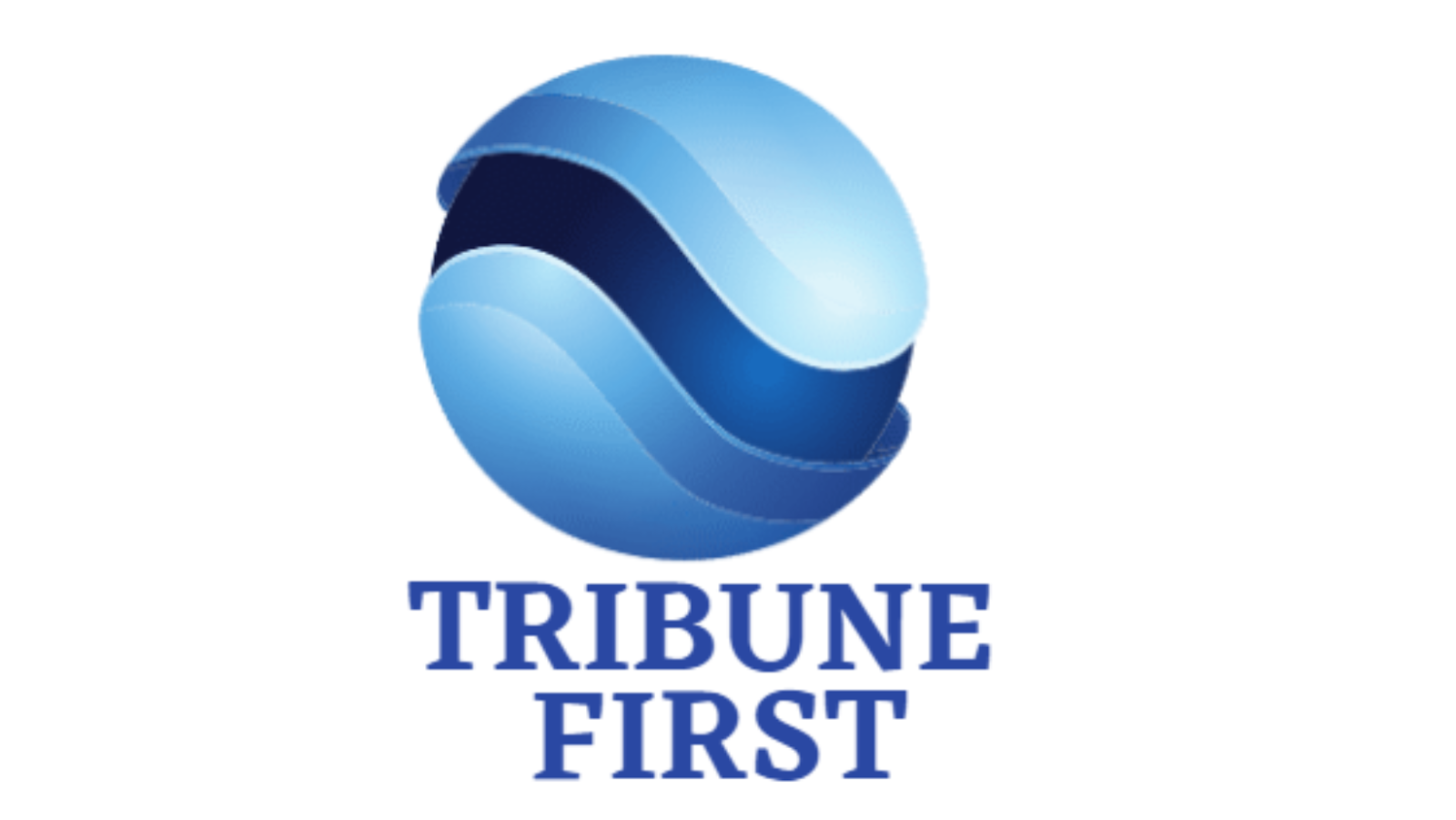A natural disaster's immediate aftermath might mean the difference between life and death. At Cardiff University, researchers have created a warning system that might give those in their path more time to flee.
Scientists have created an artificial intelligence-powered early warning system for undersea earthquakes and tsunamis.
Using technologies like underwater microphones and AI, a Cardiff University team has been able to track the movement of tectonic plates in real-time.
Experts have now identified 200 earthquakes in the Pacific and Indian Oceans using sound recordings.
As a senior lecturer in Applied Mathematics at Cardiff University and a study co-author, Dr. Usama Kadri said: "Our study illustrates how to gather quick and accurate information about the size and extent of tsunamis by monitoring acoustic-gravity waves.
They move through the water considerably more quickly than tsunami waves, giving places more time to evacuate before landing.
Sound waves that travel across the deep ocean at the speed of sound are called acoustic gravity waves. They can be caused by landslides, explosions, and undersea earthquakes, all of which can result in tsunamis.
The new technique triangulates the source of the tectonic event thousands of kilometers away using recordings from an underwater microphone called a hydrophone and a "computational model."
There are 11 hydrophones currently deployed in the oceans worldwide by Mr. Kadri and his collaborator, Dr. Bernabe Gomez Perez. He said that they would be able to watch the entire planet with 24.
Tsunami alerts are now triggered by waves hitting seismic sensors and sea buoys.
This leaves little time for eviction in a situation where a few extra minutes could spell the life or death of a person.
However, they sometimes need to foresee the threat that the ensuing tsunamis will pose correctly.
"The current system doesn't calculate in real-time and doesn't have any real parameters to measure the tsunami, and because of the proximity of the buoys to the shore, it's frequently too late," Mr. Kadri.
"Theoretically, we could have given them 65 minutes to flee in the 2004 tsunami in Sri Lanka [Indian Ocean]. That represents the chance to save practically every life.
"The calculations take around 17 seconds after the wave hits the hydrophones. Even we were taken aback by the quickness.
He clarified that their system is intended to operate in concert with current systems, each serving as a check on the other.
Before examining the earthquake's physical characteristics, such as its length and width, uplift speed, and duration, the new system's algorithms can categorize the earthquake's "slip type" and magnitude.
This can be used to determine the tsunami's exact size.
Dr. Gomez Perez, a co-author currently working at the University of California, Los Angeles, stated: "Compared to horizontal slip elements, tectonic events with a high vertical slip element are more likely to increase or lower the water column.
Therefore, by using independent cross-validation early in the evaluation process, knowing the slip type helps reduce false alarms and complement and strengthen the dependability of the warning systems.
According to Mr. Kadri, any false alerts might force the closure of ports and companies, having a major financial effect.
"If you are crying wolf, people lose faith in the system. People won't leave when it's real, he continued.
To talk about potential applications of the technology for disaster prevention, the researchers have been consulting with the UNESCO oceanographic panel. Portugal, known for its massive waves, found particular value in the insights it might offer.
The group's efforts to improve natural hazard warning systems worldwide are part of a long-running endeavor.
On April 25, the complete report was released in the Physics of Fluid.

.jpg)
.jpg)
.jpg)
.jpg)
.png)
0 Comments